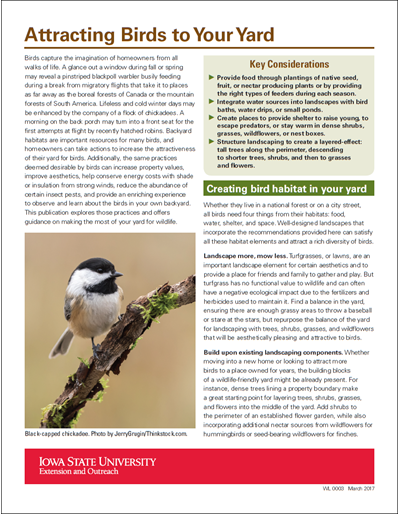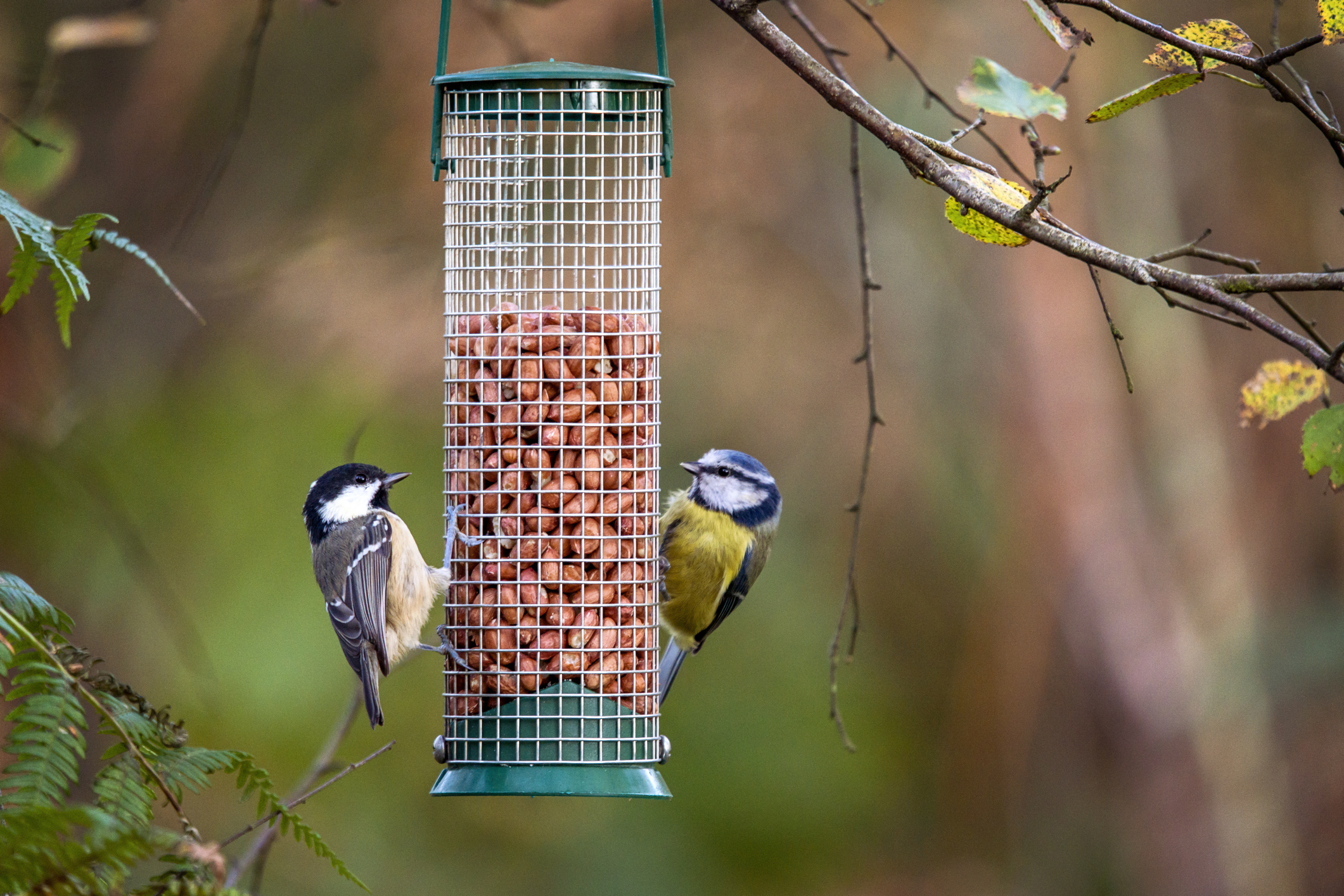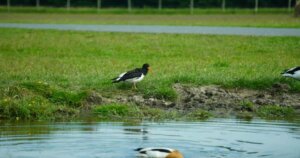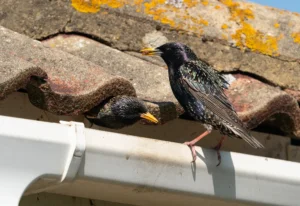How to Attract Birds to Your Garden?
Birds add life and beauty to any garden. They also help control pests.
To attract birds to your garden, you need to create a welcoming environment. Birds need food, water, and shelter. Providing these basic needs will make your garden a bird haven. You can start by planting native plants that produce seeds and berries.
Installing bird feeders and bird baths will also attract them. Another important aspect is providing safe nesting spots. Birds prefer quiet, safe places to build their nests. With a few simple changes, you can enjoy the joy and beauty of birds in your garden. This guide will show you how to make your garden a bird paradise.
Choosing The Right Plants
Attracting birds to your garden is a delightful pursuit. Choosing the right plants plays a crucial role. Birds rely on specific plants for food, shelter, and nesting. By selecting the proper flora, you can create a haven for various bird species. Let’s explore how to make the best choices.
Native Species
Native plants are ideal for attracting birds. These plants have evolved with local wildlife and provide the best food sources. They also offer excellent nesting spots. Native species require less maintenance, as they are adapted to your region’s climate. Some examples are coneflowers, sunflowers, and milkweed. Planting native flora increases the chances of attracting local birds.
Seasonal Blooms
Ensure your garden offers blooms throughout the year. Different bird species are attracted to various flowers. Spring blooms attract warblers and orioles. Summer blossoms like zinnias and marigolds draw hummingbirds. Fall and winter plants provide food when resources are scarce. Consider planting holly and crabapple trees for berries during colder months. Continuous blooms ensure birds visit your garden all year round.

Credit: store.extension.iastate.edu
Creating A Water Source
Birds need water for drinking and bathing. A reliable water source in your garden can attract a wide variety of birds. It also enhances the overall beauty of your garden. There are several ways to create a water source. Let’s explore some popular options.
Bird Baths
A bird bath is a simple and effective way to provide water for birds. Place it in a safe, open area where birds can see predators. Use a shallow dish with a rough surface to prevent slipping.
- Keep the water level low. About 1-2 inches deep.
- Change the water daily to keep it fresh.
- Clean the bird bath regularly to prevent algae.
Adding a small fountain or dripper can make the bird bath more attractive. Birds love moving water. It catches their attention and invites them to come closer.
Pond Features
A pond can be a fantastic feature for your garden. It can attract not just birds, but also other wildlife. Even a small pond can make a big difference.
| Feature | Benefits |
|---|---|
| Shallow Edges | Allow birds to wade and drink safely. |
| Floating Plants | Provide cover and attract insects for food. |
| Rocks and Logs | Offer perches and basking spots. |
Ensure the pond has a variety of depths. This can cater to different bird species. Adding a small waterfall or stream can enhance the attraction. The sound of water is inviting to birds. It creates a natural, serene environment.
Creating a water source in your garden is both rewarding and beneficial. It supports local wildlife and brings joy to your outdoor space.
Providing Food Sources
Birds need food to survive. Offering a variety of food sources can attract them to your garden. This not only helps birds but also adds beauty to your outdoor space.
Feeders And Seeds
Feeders are an easy way to attract birds. You can hang them from trees or place them on stands. Different birds prefer different types of seeds. Using a mix can attract a variety of birds.
- Sunflower Seeds: Loved by many birds.
- Nyjer Seeds: Attracts finches.
- Safflower Seeds: Cardinals enjoy these.
- Mixed Seeds: Good for attracting various species.
Keep feeders clean and filled. This ensures the birds come back. Also, place feeders in safe spots. Away from predators.
Fruit-bearing Plants
Planting fruit-bearing plants can provide natural food for birds. They enjoy the fruits and the insects that live on these plants.
| Plant | Birds Attracted |
|---|---|
| Holly | Robins, Thrushes |
| Mulberry | Bluebirds, Warblers |
| Serviceberry | Mockingbirds, Catbirds |
| Dogwood | Cardinals, Jays |
These plants not only feed birds but also add color to your garden. Choose plants that thrive in your climate for the best results.

Credit: www.smithsonianstore.com
Building Nesting Sites
Creating a welcoming environment for birds involves more than just providing food. Building nesting sites is essential. These sites offer birds a safe place to rest and raise their young. Let’s explore some effective ways to create nesting sites in your garden.
Birdhouses
Birdhouses can attract a variety of birds to your garden. Choose the right size and design for the birds you want to attract. Hang birdhouses in quiet, sheltered locations. Ensure the entrance hole is the right size for your target birds. Different birds prefer different types of houses.
Regularly clean the birdhouses to prevent disease. Use non-toxic materials to build or paint them. Add a bit of nesting material inside to make them more inviting. Position them away from predators and disturbances. This ensures birds feel safe and secure.
Natural Shelters
Natural shelters are another great option. Trees, shrubs, and dense vegetation provide excellent nesting sites. Plant a variety of native plants to attract different bird species. Dense bushes offer protection from predators and harsh weather.
Leave dead trees or branches in your garden if safe. Birds like woodpeckers and owls use these for nesting. Create brush piles with twigs and leaves. These piles mimic natural shelters and attract ground-nesting birds.
Building nesting sites takes a bit of effort. But the reward is a garden filled with the delightful sounds of birds. Start with birdhouses and natural shelters. You’ll soon see a variety of birds calling your garden home.
Ensuring Safety
Ensuring the safety of birds in your garden is crucial. Birds need a secure environment to thrive. By making your garden a safe haven, you will attract more birds. Let’s explore some ways to ensure their safety.
Predator Prevention
One of the biggest threats to birds are predators. Cats, hawks, and other animals pose a danger. To protect your feathered friends, implement the following strategies:
- Install a fence: A tall, solid fence can keep many predators out.
- Use bird feeders with baffles: These deter squirrels and other small predators.
- Keep pet cats indoors: Domestic cats can be a significant threat to birds.
Safe Perches
Birds need safe places to perch. These perches provide rest and a lookout for predators. Ensure your garden has:
- Tall trees: Birds feel safe in high branches.
- Dense shrubs: These offer shelter and protection.
- Man-made structures: Consider installing birdhouses and birdbaths.
By providing safe perches, you create a welcoming environment. Birds will feel secure and are more likely to visit.

Credit: www.discoverwildlife.com
Using Bird-friendly Landscaping
Birds add life and color to any garden. Attracting them means creating a welcoming habitat. One effective method is bird-friendly landscaping. This involves using various plants and structures to provide food, shelter, and nesting sites for birds. Let’s explore two key strategies: layered planting and incorporating hedges and shrubs.
Layered Planting
Layered planting mimics natural habitats. It involves arranging plants at different heights. This creates a diverse environment. Use tall trees, medium-sized shrubs, and ground cover plants. Trees provide perches and nesting sites. Shrubs offer shelter and food. Ground cover plants give protection and foraging areas. Together, they create a safe haven for birds.
Hedges And Shrubs
Hedges and shrubs are essential in bird-friendly gardens. They provide shelter from predators and harsh weather. Dense hedges like hawthorn or privet are ideal. Birds can build nests within their branches. Flowering shrubs like lilac and butterfly bush attract insects. These insects serve as a food source for birds. Plant native species for the best results. They are more familiar to local bird populations.
Maintaining A Clean Environment
Maintaining a clean environment in your garden is crucial to attract birds. Birds prefer to visit areas that are clean and safe. A clean garden provides a healthy habitat for them. It also helps in avoiding diseases and pests. Let’s explore some ways to keep your garden clean and bird-friendly.
Regular Cleaning
Regular cleaning of bird feeders and birdbaths is essential. Dirty feeders can spread diseases among birds. Clean them at least once a week. Use hot water and a mild soap. Rinse them thoroughly to remove any soap residue. Also, clean up any spilled seeds or droppings. This prevents mold and bacteria growth.
Avoiding Chemicals
Avoid using chemicals in your garden. Pesticides and herbicides can harm birds. They can also kill the insects that birds feed on. Opt for natural pest control methods. Use beneficial insects, like ladybugs, to control pests. Plant native plants that are resistant to pests. This reduces the need for chemicals.
Observing And Enjoying
Observing and enjoying birds in your garden can be a delightful experience. Watching their colors, behaviors, and interactions adds a touch of nature’s beauty to your daily life. It can be a relaxing and educational hobby, perfect for all ages. You can enhance this experience by identifying the species and using some handy bird watching tips.
Identifying Species
Knowing which birds visit your garden can be exciting. Different species have unique colors, shapes, and sizes. You can use a bird guidebook or a bird identification app. Pay attention to their beaks, feathers, and flight patterns. These features help you identify them easily.
Observe their behavior too. Some birds are more social, while others are shy. Listen to their songs. Each species has a unique call. Learning these details adds depth to your bird watching experience.
Bird Watching Tips
Start bird watching early in the morning. Birds are more active then. Use binoculars for a closer look. Stay quiet and move slowly to avoid scaring them. Wear neutral-colored clothes to blend in with the surroundings.
Keep a journal. Note the different species you see, their behaviors, and any unique sightings. This helps you track patterns and learn more about the birds. Set up a comfortable spot in your garden. A bench or a chair works well.
Patience is key. Birds may take time to appear. Enjoy the peaceful moments as you wait. Over time, you will notice more and more birds visiting your garden.
Frequently Asked Questions
How To Attract Birds Naturally?
To attract birds naturally, provide food, water, and shelter. Plant native trees and shrubs. Install bird feeders and birdbaths. Ensure a safe environment.
What Foods Attract Birds?
Birds love seeds, nuts, and fruits. Use sunflower seeds, suet, and nectar. Avoid bread and processed foods. Fresh water is essential.
Why Add A Birdbath?
A birdbath provides essential water for drinking and bathing. It attracts various bird species. Keep it clean and refilled regularly to maintain their interest.
What Plants Attract Birds?
Native plants attract birds by providing food and shelter. Choose berry bushes, flowering plants, and trees. Examples include elderberry, sunflower, and oak.
Conclusion
Creating a bird-friendly garden is both simple and rewarding. Birds bring life and beauty. Start with native plants to attract them. Provide water sources, like birdbaths, to keep them coming. Use feeders with seeds that birds love. Offer nesting spots for them to settle.
Avoid using harmful pesticides. Be patient and consistent. Soon, your garden will be a bird haven. Enjoy the sights and sounds of nature daily. Happy birdwatching!
Hello Dear, I'm Poli Kolymnia, owner of many birds (including budgies).
With a deep passion for these feathered companions, I'm here to share my expertise and extensive knowledge on birds care.
My articles cover essential topics like diet, housing, care, and health, providing practical tips to help you create a happy and thriving environment for your birds.






